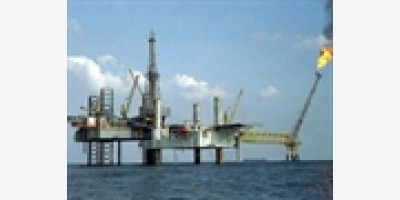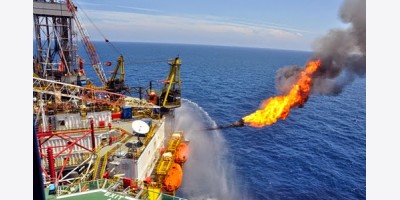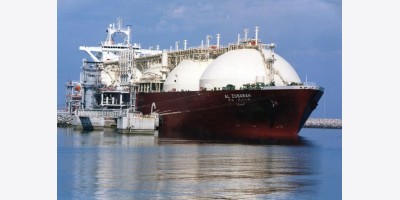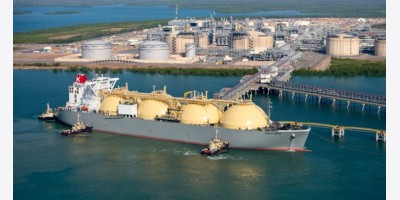Dealmaking among companies that process, store, and transport oil and gas reached $63.5 billion in the third quarter, accounting for more than two-thirds of mergers and acquisitions activity in the U.S. energy sector, according to a new report by PricewaterhouseCoopers.

Justin Solomon | CNBC
Pipelines and oil storage tanks in Cushing, Okla.
The so-called midstream has seen significant M&A activity over the past two years as master limited partnerships have scooped up companies. What has changed recently is the size and nature of the deals as midstream players try to get bigger and defend or increase distributions and dividends in a period of declining U.S. production, PwC's Doug Meier told CNBC.
"What we saw principally in transactions that we know of in the third quarter of this year is the significant impact of these megadeals, which were really principally equity for equity," said Meier, U.S. energy transactions and deals leader at PwC.
Transactions worth at least $1 billion drove significant increases in total M&A activity in the oil and gas space. Total deal volume ticked up in the July-to-September period to $91.2 billion, compared with $38.8 billion in the second quarter, though there were only four more transactions in the third quarter. PwC counts deals worth $50 million or more.
Last month, pipeline company Energy Transfer Equity agreed to purchase natural gas processing and transportation firm Williams Cos. for $33 billion in mostly stock, marking one of the biggest midstream deals ever.
Deals like that one took place as shares of public companies in the midstream space have declined overall. The Alerian Energy Infrastructure ETF is down nearly 30 percent year to date, making stock-for-stock deals attractive on a relative basis.
Why now?
The uptick in dealmaking is due in large part to a significant contraction in the capital available to oil and gas companies at a time of falling commodity prices, which encourages companies with heavy debt loads to merge or sell assets, Meier said.
According to PwC, equity offerings plummeted 56 percent year over year in the third quarter, while high-yield and investment-grade debt issuances fell 78 percent and 74 percent, respectively.
But financial investors continue to plow cash into the space. PwC recorded 17 transactions worth $4 billion, 10 of which were commitments to oil and gas management teams from private equity firms.
Meier said PwC expects those investors to continue to fill the funding hole through nontraditional means, such as mezzanine financing, rather than straightforward acquisitions.
Such investments, which continue to be focused on exploration and production companies, reached $8.8 billion in the third quarter, a 50 percent sequential increase.
The gap between what buyers are willing to spend and sellers are willing to accept is beginning to converge as oil prices remain stuck near multiyear lows and capital dries up, Meier said.
The sellers "don't have the luxury of being able to wait it out because of their leveraged positions," Meier said, referring to the financial debts they carry.
However, negotiations are stretching out as buyers take a more phased approach to acquisitions, rather than going full bore into buyout conversations, he said.























